Do you have a question about the Gigabyte Z390 AORUS MASTER and is the answer not in the manual?
Essential safety and handling guidelines before installing hardware components.
Detailed technical specifications of the motherboard and its components.
Step-by-step instructions for installing the CPU and its cooling solution.
Guidance on installing RAM modules, including dual-channel memory configuration.
Instructions for installing add-in cards like graphics or network cards into PCIe slots.
Steps to configure AMD CrossFire or NVIDIA SLI for multiple graphics cards.
Description and function of all connectors available on the motherboard's rear panel.
Explanation of status LEDs and onboard buttons like power, reset, and BIOS switches.
Details on internal headers and connectors for fans, USB, power, audio, and LEDs.
Overview of the BIOS startup screen and essential function key mappings for navigation.
Guide to navigating the Classic Setup mode and utilizing available function keys.
Advanced settings for CPU, memory, and system frequency/voltage tuning.
Displays system information and allows basic settings like language and system time.
Detailed settings for boot order, security, CSM support, and storage device options.
Settings for onboard devices like graphics output, RAID, LEDs, and Intel PTT.
Settings related to the motherboard chipset, including onboard graphics and audio.
Options for controlling system power states, AC BACK, and ErP features for energy saving.
Procedures for saving changes, loading default settings, and exiting the BIOS setup.
Steps to install hard drives and configure SATA controller mode in BIOS setup.
Guide to installing the necessary drivers and the operating system for RAID configurations.
Instructions for setting up Intel Optane memory for storage acceleration.
How to install essential drivers and software using the provided motherboard disk.
Guide to installing GIGABYTE's proprietary utility applications.
Details about the drivers included on the disk and contact information.
Information on using Q-Flash and @BIOS for updating the motherboard BIOS.
Overview of GIGABYTE's utility applications for system management and enhancement.
Guides for setting up speaker configurations and audio jacks for optimal sound.
Steps to configure the digital S/PDIF Out jack for transmitting audio signals.
How to enable and configure Stereo Mix for recording computer sound.
Instructions on how to use the Voice Recorder application for audio recording.
Frequently asked questions and a troubleshooting procedure for system startup issues.
List and description of debug LED codes for system startup diagnostics.
General disclaimer and copyright information regarding the manual's content.
Information on RoHS, WEEE directives, and environmental responsibility.
Compliance information and warnings related to FCC regulations for the device.
Compliance information and restrictions for Canadian radio equipment regulations.
Compliance statement for the European Radio Equipment Directive (RED).
Contact details and web addresses for GIGABYTE worldwide support offices.
Essential safety and handling guidelines before installing hardware components.
Detailed technical specifications of the motherboard and its components.
Step-by-step instructions for installing the CPU and its cooling solution.
Guidance on installing RAM modules, including dual-channel memory configuration.
Instructions for installing add-in cards like graphics or network cards into PCIe slots.
Steps to configure AMD CrossFire or NVIDIA SLI for multiple graphics cards.
Description and function of all connectors available on the motherboard's rear panel.
Explanation of status LEDs and onboard buttons like power, reset, and BIOS switches.
Details on internal headers and connectors for fans, USB, power, audio, and LEDs.
Overview of the BIOS startup screen and essential function key mappings for navigation.
Guide to navigating the Classic Setup mode and utilizing available function keys.
Advanced settings for CPU, memory, and system frequency/voltage tuning.
Displays system information and allows basic settings like language and system time.
Detailed settings for boot order, security, CSM support, and storage device options.
Settings for onboard devices like graphics output, RAID, LEDs, and Intel PTT.
Settings related to the motherboard chipset, including onboard graphics and audio.
Options for controlling system power states, AC BACK, and ErP features for energy saving.
Procedures for saving changes, loading default settings, and exiting the BIOS setup.
Steps to install hard drives and configure SATA controller mode in BIOS setup.
Guide to installing the necessary drivers and the operating system for RAID configurations.
Instructions for setting up Intel Optane memory for storage acceleration.
How to install essential drivers and software using the provided motherboard disk.
Guide to installing GIGABYTE's proprietary utility applications.
Details about the drivers included on the disk and contact information.
Information on using Q-Flash and @BIOS for updating the motherboard BIOS.
Overview of GIGABYTE's utility applications for system management and enhancement.
Guides for setting up speaker configurations and audio jacks for optimal sound.
Steps to configure the digital S/PDIF Out jack for transmitting audio signals.
How to enable and configure Stereo Mix for recording computer sound.
Instructions on how to use the Voice Recorder application for audio recording.
Frequently asked questions and a troubleshooting procedure for system startup issues.
List and description of debug LED codes for system startup diagnostics.
General disclaimer and copyright information regarding the manual's content.
Information on RoHS, WEEE directives, and environmental responsibility.
Compliance information and warnings related to FCC regulations for the device.
Compliance information and restrictions for Canadian radio equipment regulations.
Compliance statement for the European Radio Equipment Directive (RED).
Contact details and web addresses for GIGABYTE worldwide support offices.
| Non-ECC | Yes |
|---|---|
| Memory channels | Dual-channel |
| Memory slots type | DIMM |
| Number of memory slots | 4 |
| Supported memory types | DDR4-SDRAM |
| Maximum internal memory | 64 GB |
| Supported memory clock speeds | 2133, 2400, 2666, 2800, 3000, 3200, 3300, 3333, 3400, 3466, 3600, 3666, 3733, 3800, 3866, 4000, 4133 MHz |
| Supported memory module capacities | 16GB |
| Processor socket | LGA 1151 (Socket H4) |
| Processor manufacturer | Intel |
| Compatible processor series | Intel Celeron, Intel Core i3, Intel Core i5, Intel Core i7 |
| RAID levels | 0, 1, 5, 10 |
| Supported storage drive types | HDD & SSD |
| USB 2.0 connectors | 2 |
| Number of SATA III connectors | 6 |
| USB 3.2 Gen 1 (3.1 Gen 1) connectors | 1 |
| USB 3.2 Gen 2 (3.1 Gen 2) connectors | 0 |
| USB 2.0 ports quantity | USB 2.0 ports have a data transmission speed of 480 Mbps, and are backwards compatible with USB 1.1 ports. You can connect all kinds of peripheral devices to them. |
| USB 3.2 Gen 2 (3.1 Gen 2) Type-A ports quantity | 3 |
| Wi-Fi standards | 802.11a, Wi-Fi 5 (802.11ac), 802.11b, 802.11g, Wi-Fi 4 (802.11n) |
| Bluetooth version | 5.0 |
| Ethernet interface type | Gigabit Ethernet |
| Audio chip | Realtek ALC1220-VB |
| Component for | PC |
| Motherboard chipset | Intel Z390 |
| Audio output channels | 7.1 channels |
| Motherboard form factor | ATX |
| Windows operating systems supported | Windows 10 |
| Parallel processing technology support | 2-Way CrossFireX, 2-Way SLI, Quad-GPU CrossFireX, Quad-GPU SLI |
| BIOS type | UEFI AMI |
| BIOS memory size | 16 Mbit |
| Desktop Management Interface (DMI) version | 2.7 |
| Bundled software | Norton Internet Security cFosSpeed XSplit Gamecaster + Broadcaster |
| Depth | 244 mm |
|---|---|
| Width | 305 mm |
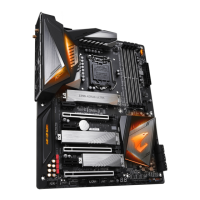

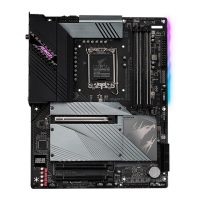
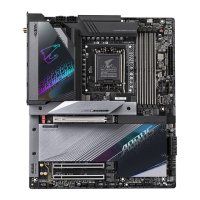
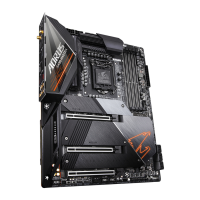
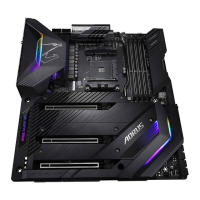
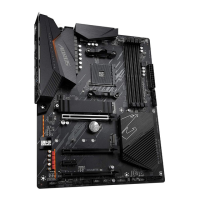

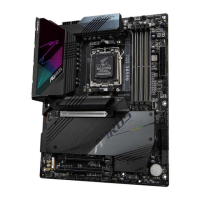
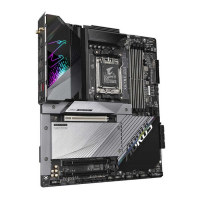
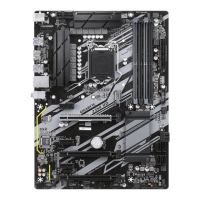
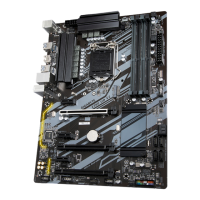
